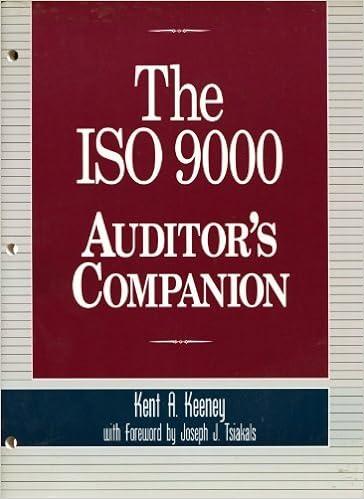


 A-D all have the same table to fill out the answer in.
A-D all have the same table to fill out the answer in.
Henrich is a single taxpayer. In 2022 , his taxable income is $482,000. What are his income tax and net investment income tax liability in each of the following alternative scenarios? Use Tax Rate Schedule, Dividends and Capital Gains Tax Rates for reference. Note: Do not round intermediate calculations. Leave no answer blank. Enter zero if applicable. Round your final answers to 2 decimal places. Required: a. All of his income is salary from his employer. Assume his modified AGI is $520,000. b. His $482,000 of taxable income includes $2,000 of long-term capital gain that is taxed at preferential rates. Assume his modified AGI is $520,000. c. His $482,000 of taxable income includes $43,000 of long-term capital gain that is taxed at preferential rates. Assume his modified AGI is $520,000. d. Henrich has $196,000 of taxable income, which includes $50,400 of long-term capital gain that is taxed at preferential rates. Assume his modified AGI is $212,000. Complete this question by entering your answers in the tabs below. All of his income is salary from his employer. Assume his modified AGI is $520,000. If taxable income is over:|But not over: The tax is: Schedule Y-1-Married Filing Jointly or Qualifying Widow(er) \begin{tabular}{|c|c|l|} \hline If taxable income is over: & But not over: & \multicolumn{1}{|c|}{ The tax is: } \\ \hline$ & $20,550 & 10% of taxable income \\ \hline$20,550 & $83,550 & $2,055 plus 12% of the excess over $20,550 \\ \hline$83,550 & $178,150 & $9,615 plus 22% of the excess over $83,550 \\ \hline$178,150 & $340,100 & $30,427 plus 24% of the excess over $178,150 \\ \hline$340,100 & $431,900 & $69,295 plus 32% of the excess over $340,100 \\ \hline$431,900 & $647,850 & $98,671 plus 35% of the excess over $431,900 \\ \hline$647,850 & & $174,253.50 plus 37% of the excess over $647,850 \\ \hline \end{tabular} Schedule Z-Head of Household \begin{tabular}{|c|c|l|} \hline If taxable income is over: & But not over: & \multicolumn{1}{|c|}{ The tax is: } \\ \hline$14 & $14,650 & 10% of taxable income \\ \hline$14,650 & $55,900 & $1,465 plus 12% of the excess over $14,650 \\ \hline$55,900 & $89,050 & $6,415 plus 22% of the excess over $55,900 \\ \hline$89,050 & $170,050 & $13,708 plus 24% of the excess over $89,050 \\ \hline$170,050 & $215,950 & $33,148 plus 32% of the excess over $170,050 \\ \hline$215,950 & $539,900 & $47,836 plus 35% of the excess over $215,950 \\ \hline$539,900 & & $161,218.50 plus 37% of the excess over $539,900 \\ \hline \end{tabular} Tax Rates for Net Capital Gains and Qualified Dividends I *This rate applies to the net capital gains and qualified dividends that fall within the range of taxable income specified in the table (net capital gains and qualified dividen included in taxable income last for this purpose)



 A-D all have the same table to fill out the answer in.
A-D all have the same table to fill out the answer in.





